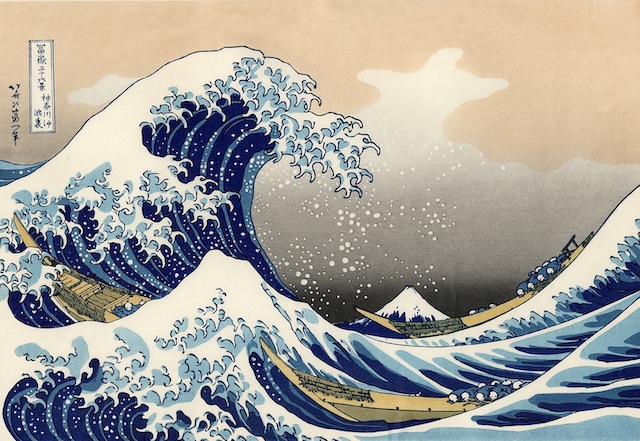Keiko and I recently spent a wonderful weekend in Kyoto. I hope you enjoy the following pictorial report on our welcomed holiday.
Kyoto, one of the oldest municipalities in Japan, was once the country’s capital. It is considered the country’s cultural capital; a major tourist destination famous for its numerous classical Buddhist temples, gardens, imperial palaces, and Shinto shrines among other historic sites.
Kyoto is also known for formal traditions such as kaiseki dining, a style consisting of multiple courses of artistic culinary dishes. Look for another post soon on our Saturday night dinner.It is one of my favorite places in Japan.
Of my many visits here over the years, the trips when Keiko and I introduced Kyoto to the UMaine MBA students we accompanied to Japan are very special.
Our weekend trip began with a ride on the Tōkaidō Nozomi Shinkansen, a line that provides high-speed rail service linking Tokyo and Kyoto in a little over two hours. We stayed in the Candeo Hotels Kyoto Karasuma Rokkaku, a small sophisticated hotel set along a city side street only a short walk a subway station with easy connections to the sites on our planned to visit.
Keiko planned a wonderful schedule to visit three sites in the short time we had available. We had timed the trip to hit the peak fall foliage season. Unfortunately, a wet and cold weather front before our arrival impacted some of the visual beauty. Nonetheless, much evidence remained and walking the grounds of the selected sites on a carpet of colorful maple leaves was an experience in itself.
The first stop on Saturday afternoon was at a very large temple complex that consists of multiple temples with many buildings, most of them connected by walkways and staircases, historical monuments, a fabulous pagoda, and traditional Japanese gardens and ponds. The spacious grounds are located at the base of the Higashiyama mountains.
The photo slideshow begins at the entrance to the Nanzen-Ji Temple, a most important Zen Buddist temple in Japan dated to the mid 13th century, where there is a massive Roman-style aqueduct. While I hope the photographs do some justice to this awesome site, I could not capture one of the most interesting features of this long-established Buddhist temple – its ghostly past!
Japanese folklore says that when the property was an imperial residence, it was plagued by a poltergeist. After a Zen priest exorcised the spirit, the Emperor converted to Zen Buddhism and turned the imperial villa into a Zen temple – marking the beginning of Nanzen-ji.
We spent the remainder of the afternoon wandering the amazing gardens of Eikando, one of Kyoto’s most famous autumn color spots. I enjoyed a brief reflective rest at a pond garden admiring the simple beauty of the scene.
We returned to the hotel to rest and refresh before an evening site visit and dinner using the Philosopher’s Path, a peaceful picture-perfect Zen-like stone path along a small canal. The two kilometer path is lined by hundreds of cherry trees as well as quite spectacular autumn leaf viewing spots. The path is named for Nishida Kitaro, one of Japan’s most famous philosophers, who was said to practice meditation while walking this route on his daily commute to Kyoto University.
Before dinner, our next stop was the Toji Temple, one of Kyoto’s many UNESCO world heritage sites. Founded just after the capital was moved to Kyoto in the late 700s, this tall temple served as one of the capital’s guardian temples.
Our night visit to the venue was timed to enjoy the spectacular Toji Light Festival that uses inventive digital technology to illuminate the temple and its grounds.
Sunday was a sunny day and we headed off to Arashiyama, a scenic area at the foot of the mountains on the western outskirts of Kyoto where the famous Tenryu-Ji Temple is located.
Before heading to the temple we used the picturesque Togetsu-kyo (Rising Moon Bridge) to cross over the Katsura River and enjoy the impressive landscape view of the rugged Hozu Gorge.
Our walking route to the temple and its gardens then led us through the other-worldly Arashiyama Bamboo Grove. I was awed standing amid these soaring stalks of bamboo.
Keiko and I spent the remainder of the afternoon taking a relaxing stroll through the magnificent gardens of Tenryu-Ji. A perfect ending to a brief but enriching journey.
I hope you enjoy the slideshow.








































